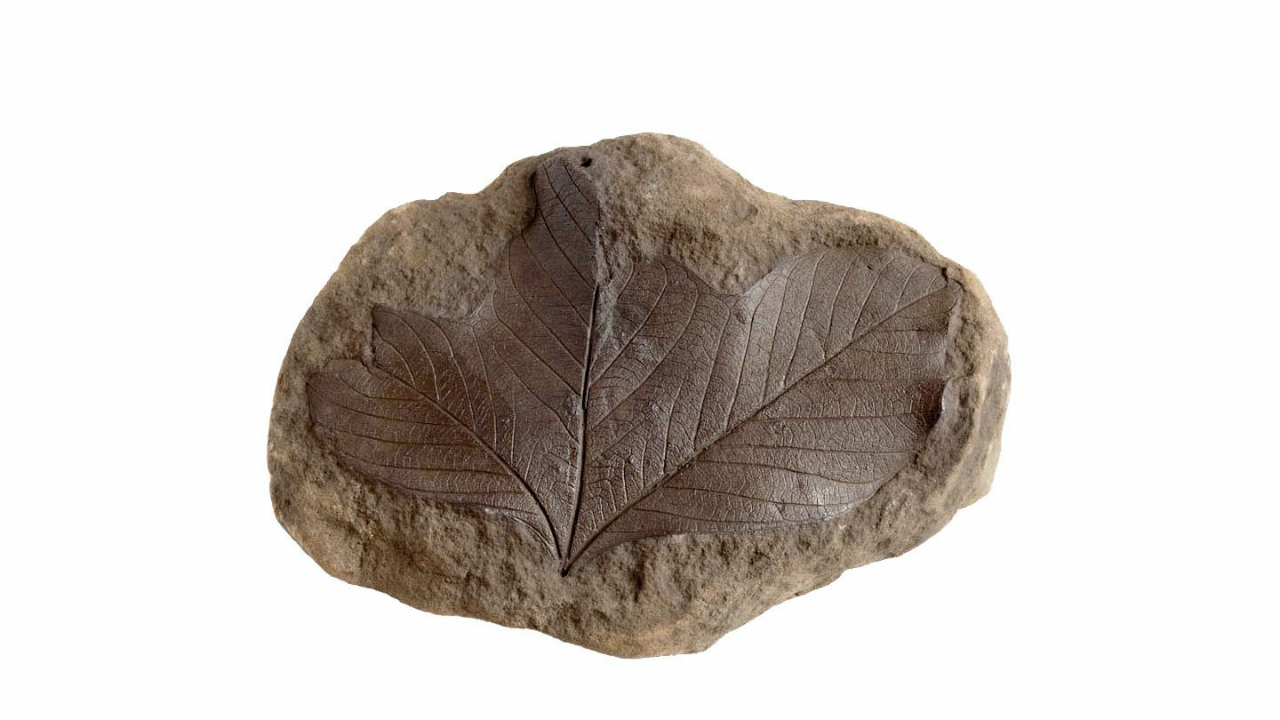DNA STRUCTURE
Introduction
We can classify DNA on the basis of number of base pair's on each turn
DNA are the storage site , that contains or codes our characters. And the DNA are the hereditary material that carries the informations
Main features of DNA
* Deoxyribonucleic acid
* Also known as 'B' DNA
* A type of nucleic acid
* polymer of nucleotides
* Double helical structure ( Watson and Crick model )
* Double stranded structure
* 2 strands are antiparallel to each other
* Pentose sugar & phosphate are the back-bone
* Consist of 4 nitrogen bases adenine (A), cytosine (C), guanine (G), or thymine (T).
* A form double bond with T
* G form tripple bond with C
* Adenine & guanine are purines
* Cytosine & thymine are pyrimidines
* One turn of DNA consists of 10 bonds of nitrogen bases ,360A°. So the distance between each bonds there were 3.6A°. Length of one turn is 34A°
* 20A° as width
SHALLOW GROOVE & DEEP GROOVE
Deep groove is also known as minor groove
Shallow groove's another name is major groove
The strand backbones are closer together on one side of the helix than on the other. The major groove occurs where the backbones are far apart, the minor groove occurs where they are close together. The grooves twist around the molecule on opposite sides.
A dna - 11 base pairs - R
B dna - 10 base pairs - R
C dna - 9.33 base pairs - R
D dna - 8 base pairs - R
Z dna - 12 base pairs - L
{ R & L preparations cooling direction of DNA }






Comments
Post a Comment